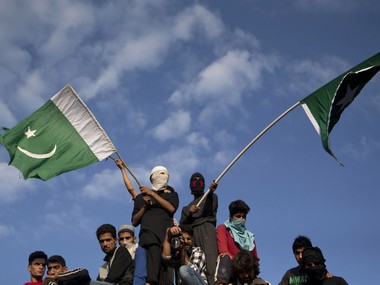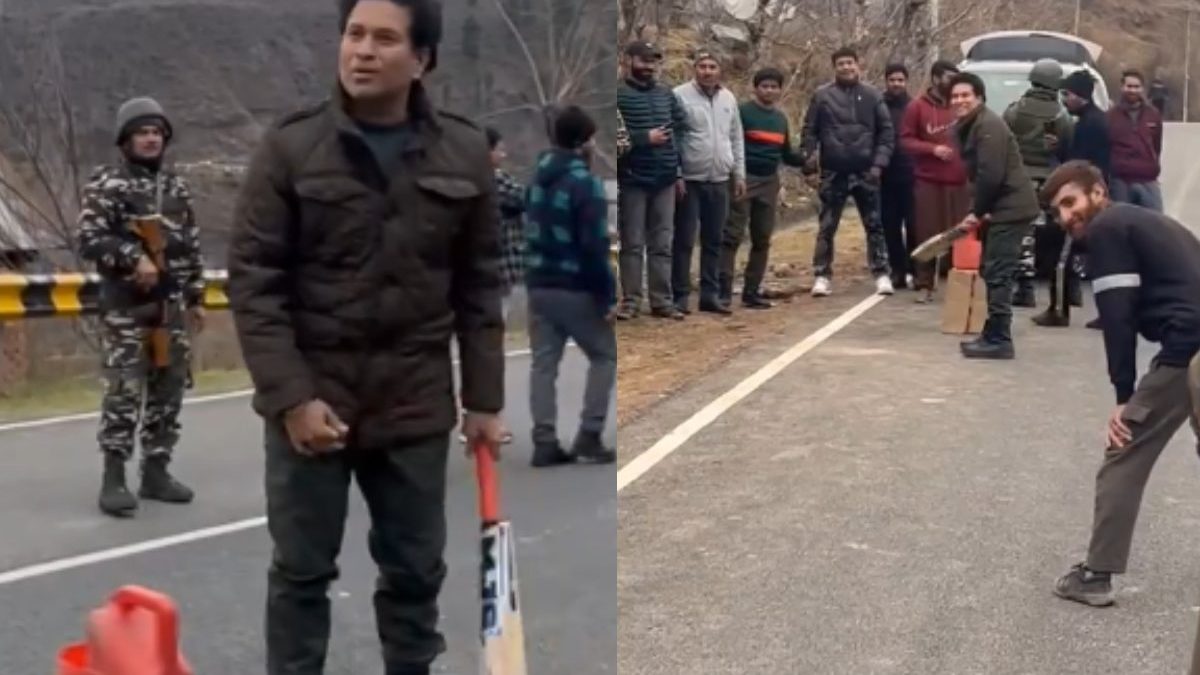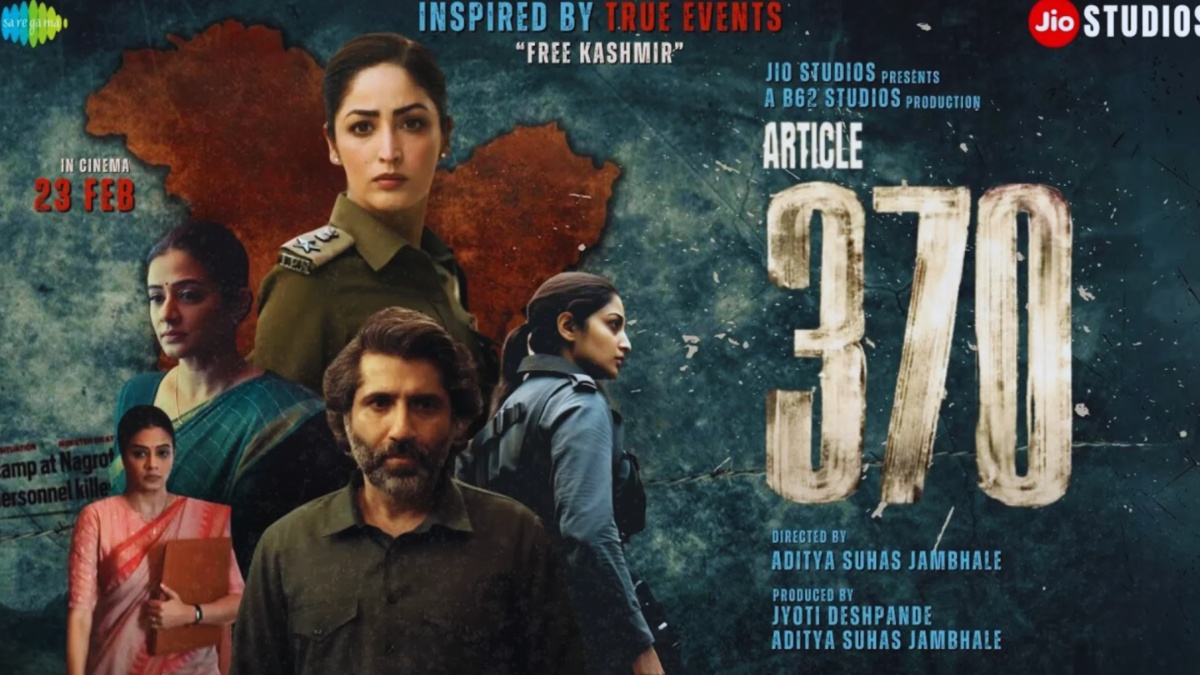Some ultra-nationalists have tried to tar the slain militant commander Burhan Wani and Kashmir’s ruling People’s Democratic Party (PDP) with the same brush over the past few days. That is ironic, for the relationship between the two on the ground was inversely proportional: Wani’s meteoric rise over the past 15 months was accompanied by a sharp decline in the PDP’s popularity.
Earlier, the PDP had succeeded in weaning over large sections of young people in south Kashmir to the objectives of peace, stability and prospective prosperity. This had happened most strongly since about the middle of the previous decade, and continued until a couple of years ago. In fact, after the Lok Sabha elections in May 2014 and before the floods that September, party chief Mehbooba Mufti had appeared cock-sure of victory across south Kashmir; assembly elections were due by year-end.
It is particularly ironic that Hindutva nationalists are prominent among those who rail against the PDP’s alleged ‘soft line’ with ’terrorists’ like Burhan. For, it is the PDP’s decision to form a coalition government with the BJP after the 2014 elections that damaged its popularity the most – and boosted militancy, and shades of Islamism.
The black-and-white insistence that the PDP must `crush terrorism’ misses the point that the PDP competes at the ground-level with not only the National Conference and the Congress, but also the Jamaat-e-Islami and Salafist pan-Islamism. Salafism has made the most rapid strides in that region in the past couple of years. On the other hand, the NC, which had already been weak in south Kashmir, lost further ground between 2008 and 2014, when it led the state government.
Sections of the Jamaat-e-Islami had covertly supported the PDP during the 2002 assembly elections to get rid of the NC, and the repression of the police’s Special Operations Groups and the mercenary `Ikhwan’ bands that had worked with the army and BSF in the late 1990s. There are signs that that covert support is a thing of the past.
Nor is it adequate any longer to equate Hizb-ul Mujahideen, of which Burhan was divisional commander for south Kashmir, with Jamaat. That connection, which was firmly established by the autumn of 1991 after an initial tussle for command and control between Ahle-Hadith and Jamaat, has loosened over the past 15 years.
Syed Salahuddin, who has spent his life in Jamaat, is the one who wrested control of Hizb from its first Amir, Nasir-ul Islam of the Ahle-Hadith. That Salahuddin attended joint prayers for Burhan last weekend with the distinctly Salafi Hafiz Sayeed demonstrates the current flux.
Across the Valley, the Jamaat is generally relatively weaker than it was a couple of decades ago; other sorts of religion-based groups have gained ground over the past decade. Wani’s family has links with the proselytizing Tablighi Jamaat but, according to a relative, has been influenced by Salafi ideas too. Some of Burhan’s video speeches reflected pan-Islamic influences, although he welcomed Hindu pilgrims in the Valley.
A decade ago, Salafism was primarily Srinagar-based. In south Kashmir, it was largely limited to one pocket – Anantnag’s Sher Bagh area, where Maqbool Akhrani held sway over a vast mosque and madrasa. For the most part, south Kashmir has long had a more liberal, secular ethos than the rest of the Valley. But over the past two years, Salafism has made rapid strides; fiery preachers like the Anantnag-based Mushtaq Ahmed Veeri now have a huge following across the Valley. At least one video shows Veeri speaking glowingly of the connection between Salafism and Islamic State chief Baghdadi.
Hindutva ultra-nationalists fail to understand that this uptrend is, in part, one of the unintended results of the humiliation of Mufti Sayeed by the Centre. They view the PDP as a hammer that should smash movements which seem to condone terrorism; in fact, the party is a counter-magnet – a ground-level alternative rather than a state-level mechanism.
The fact that the Centre starved its own coalition government in the state of funds through last summer added to the damage the PDP had already suffered by allying with the BJP. Many in Kashmir had initially expressed willingness to put up with the unpopular tie-up as long as it brought efficient, relatively honest disbursement of Central funds.
The Muftis’ political capital plummeted when funds remained elusive. In particular, delaying flood relief had a huge political cost. Meanwhile, highly charged controversies over the sale of beef in the Valley, and over the constitutionally guaranteed separate flag for the state, added considerably to the damage the PDP suffered during 2015.
As it happens, Burhan’s popularity graph shot upwards just as the PDP’s declined. Both were based in the same south Kashmir area. Burhan was relatively unknown until his brother was killed by security forces on 13 April 2015, a few weeks after Mufti Sayeed came to power. Through the summer of 2015, the young militant’s fame soared meteor-like.The chief reason was that videos and pictures of him and his band of young militants went viral on the internet that summer. The charismatic youth communicated with young fans through online chats, and post videos.
Burhan slipped off social media screens last autumn, and remained incommunicado until the beginning of June. Perhaps the considerable technological resources of the state contributed to shutting off his media access. During the weeks after Mufti Sayeed’s death, when the state was directly ruled by the Centre, many Kashmiris speculated about where he had disappeared.
Whether or not the government was instrumental in shutting off his access through the winter and spring, it was already too late to stop his meteoric popularity by then. The state should have exerted the full might of its technological capabilities to deny Burhan online fame last summer. Given the eagerness of such key players as Facebook owner Mark Zuckerberg to expand their Indian markets, the government could easily have done it.
Instead, several activists of the ruling party at the Centre remained intent on painting the PDP as a ‘soft separatist’ party. That is not just ironic, it is untrue. This has tragically weakened the health and the integrity of the nation.
The author is an expert on geopolitics and has written books on Kashmir


)




)
)
)
)
)
)
)
)